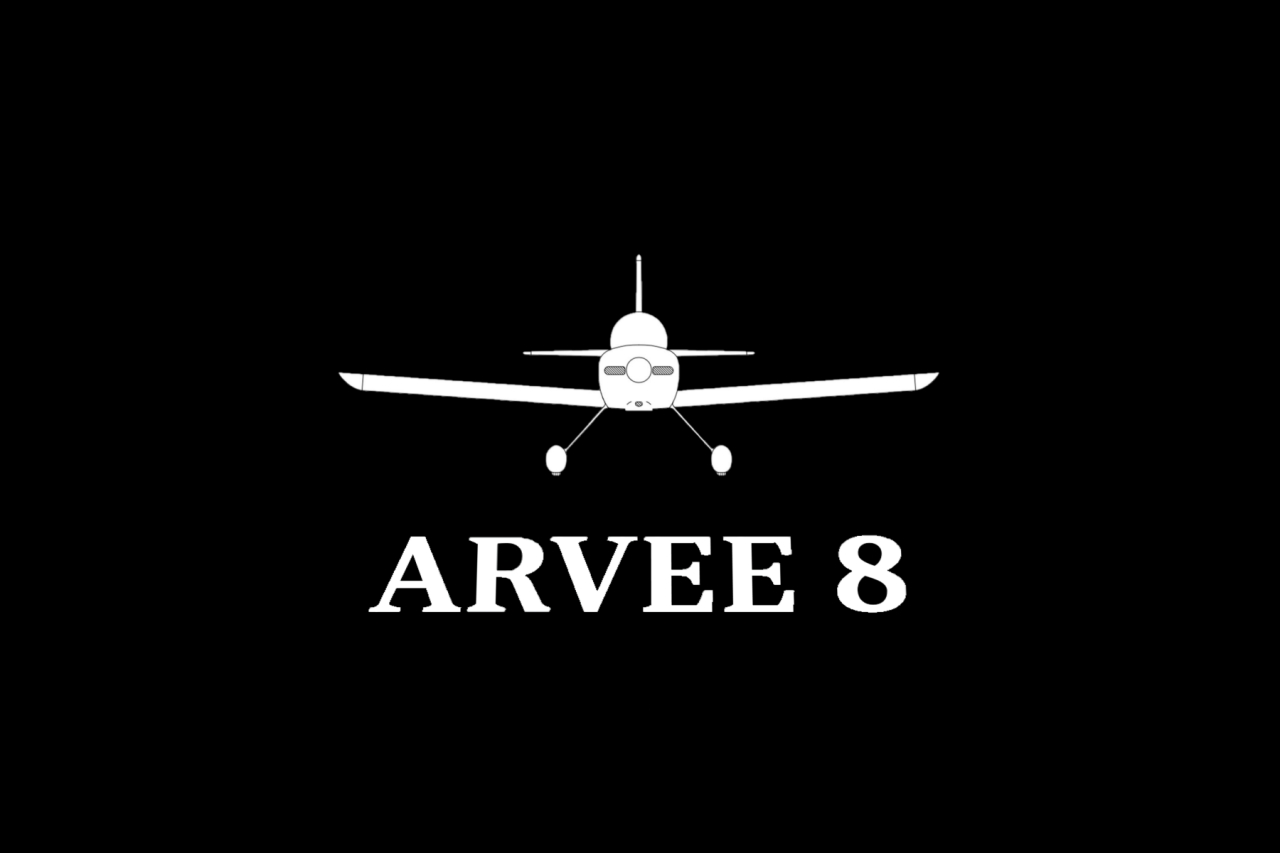Choosing a compressor
As air tools such as an air drill or even a spray gun use quite some air you need to look for a compressor with a reasonable throughput. I spend quite some time looking at various models and reading a few forum posts on the topic.
It was clear that you need something bigger then a compressor to blow a bicycle tire. But what to look for? There are 4 things to consider:
- Working pressure
This is the pressure that will build up in the tank and consequently what will come through the air hose. You can still put a regulator on the air hose to reduce pressure in case you need less but obviously the compressor should be sufficiently strong. I looked for a compressor that has a working pressure of 8-10 bar (116-145 psi)
- Throughput
A Compressor will build up pressure in the tank, but once you are using that compressed air and the pressure starts dropping, the compressor will kick in and the compressor needs to be able to follow with “producing” compressed air at the same rate that you are consuming it, otherwise you end up losing pressure. A number of tools use quite some air, namely the air drill, grinders, and paint guns. Many of them will use 150-200 liters per minute so I wanted to make sure that I had a compressor that had some spare capacity. I set the bar at 250 liters /min (66 usg/min)
- Tank size
The tank size basically determines the air that you can work with before the compressor kicks in. Once the tank is full it stops working till a minimum pressure level is achieved and it starts again. The bigger your tank, the more air you have to work with before the noise starts again. And that brings me to the final point but certainly not the least important….
- Noise level
You can look at many other deciding factors, meaning whether you want a belt driven compressor, or an oil-free compressor etc… They come in various shapes and sizes but what made the difference for me is the noise level. I’m going to be spending a few thousand hours building this airplane and a number of those hours are going to be with air tools. As I obviously don’t want to damage my hearing the noise level is certainly a consideration. Some activities such as riveting need hearing protection but others can be done without and on such moments it is certainly nice to have a compressor that will not upset the neighbors.
So what did I choose?
Well after looking around I decided to go for a low-noise compressor as sold by HBM machines.

These compressors based on a membrane have considerably lower noise levels. The downside as I read forums is that they don’t last as long as a belt driven compressor. That may be true but I’ll happily spend 200$ more and have the comfort of this compressor and buy another one in 10 years time if it does decide to quit on me. The model which I decided to buy can be found here.
